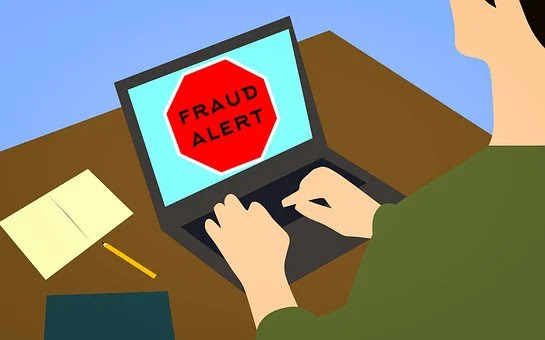Ransomware groups are adapting their strategies to outsmart stronger cybersecurity defenses and increasing law enforcement pressure, according to the Huntress 2025 Cyber Threat Report. The findings reveal that attackers are moving beyond traditional encryption-based ransomware, instead focusing on data theft and extortion to bypass modern protections.
In 2024, 75% of ransomware cases Huntress investigated involved remote access Trojans (RATs), allowing hackers to infiltrate systems discreetly. Additionally, 17.3% of incidents featured the misuse of legitimate remote management tools such as ConnectWise ScreenConnect, TeamViewer, and LogMeIn. This shift reflects a growing reliance on “living off the land” techniques, where attackers use trusted administrative tools to avoid detection.
A significant trend noted in the report is that sophisticated tactics once reserved for targeting large enterprises are now common across businesses of all sizes. Huntress observed that cybercriminals are increasingly disabling or tampering with security software to maintain access and avoid detection, effectively closing the gap between attacks on major corporations and smaller organizations.
Huntress’ analysis of over 3 million endpoints also revealed that nearly 24% of ransomware incidents in 2024 involved infostealer malware, while malicious scripts designed to automate attacks and evade security tools appeared in 22% of cases. Greg Linares, principal threat intelligence analyst at Huntress, states that ransomware groups must constantly evolve to survive in the competitive cybercrime landscape.
“If malware isn’t staying ahead of detection techniques, it becomes obsolete fast,” Linares explained.
Another key insight from the report was the speed of modern ransomware campaigns. On average, the time from initial access to the delivery of a ransom demand — known as time-to-ransom (TTR) — was just 17 hours. Some groups, including Play, Akira, and Dharma/Crysis, were even faster, with TTRs averaging around six hours.
Interestingly, Huntress noted a clear shift in ransomware tactics: rather than encrypting data, many attackers now opt to exfiltrate sensitive information and threaten to leak it unless a ransom is paid. This change is seen as a direct response to stronger ransomware defenses and increased law enforcement efforts, which led to the takedown of major groups like Lockbit.
However, this shift presents new challenges for companies. While endpoint detection and ransomware protections have improved, the report points out that data loss prevention (DLP) measures remain underdeveloped. Linares noted that DLP solutions are often overlooked, especially in organizations with remote work and bring-your-own-device (BYOD) policies. These environments, he said, often lack the comprehensive monitoring and control needed to prevent data exfiltration.
To stay ahead of these evolving threats, Huntress recommends that businesses not only strengthen their ransomware defenses but also implement more robust DLP strategies to protect sensitive data. As ransomware gangs continue to adapt, companies must be proactive in addressing both encryption and data theft risks.















